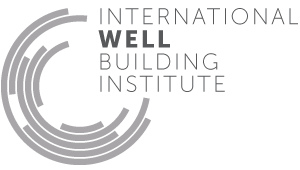Post Date: 24 Oct, 2016
Status: Approved
All standards accepted by LEED and BREEAM based on current European (EN) and international (ISO) standards are equivalent standards for Feature 4, Part 1. Note that projects must adhere to the "Additional VOC content requirements for wet-applied products" section (found in the Low Emitting Materials Credit of LEED v4 BD+C, under Emissions and Content Requirements) or to the Volatile organic compound (VOC) emission levels for products (found in Table 18 in the BREEAM UK New Construction 2014). All newly applied paints and coatings must be in compliance.
All standards accepted by LEED and BREEAM based on current European (EN) and international (ISO) standards are equivalent standards for Feature 4, Part 2. Note that projects must adhere to the "Additional VOC content requirements for wet-applied products" section (found in the Low Emitting Materials Credit of LEED v4 BD+C, under Emissions and Content Requirements) or to the Volatile organic compound (VOC) emission levels for products (found in Table 18 in the BREEAM UK New Construction 2014). All newly applied adhesives and sealants must be in compliance.
All standards accepted by LEED and BREEAM based on current European (EN) and international (ISO) standards are equivalent standards for Feature 4, Part 3. Note that projects must adhere to the "Additional VOC content requirements for wet-applied products" section (found in the Low Emitting Materials Credit of LEED v4 BD+C, under Emissions and Content Requirements). Projects wishing to use BREEAM as an alternative must achieve BREEAM Exemplary level (2 credits) in order to be compliant. All newly installed flooring must be in compliance.
All standards accepted by LEED and BREEAM based on current European (EN) and international (ISO) standards are equivalent standards for Feature 4, Part 4. Note that projects must adhere to the "Additional VOC content requirements for wet-applied products" section (found in the Low Emitting Materials Credit of LEED v4 BD+C, under Emissions and Content Requirements). All newly installed insulation must be in compliance.
All standards accepted by LEED and BREEAM based on current European (EN) and international (ISO) standards are equivalent standards for Feature 4, Part 5. Note that projects must adhere to the "Furniture Evaluation' section (found in the Low Emitting Materials Credit of LEED v4 BD+C, under Emissions and Content Requirements). Additionally, 95% (by cost) of all newly purchased furniture and furnishing must be in compliance.
